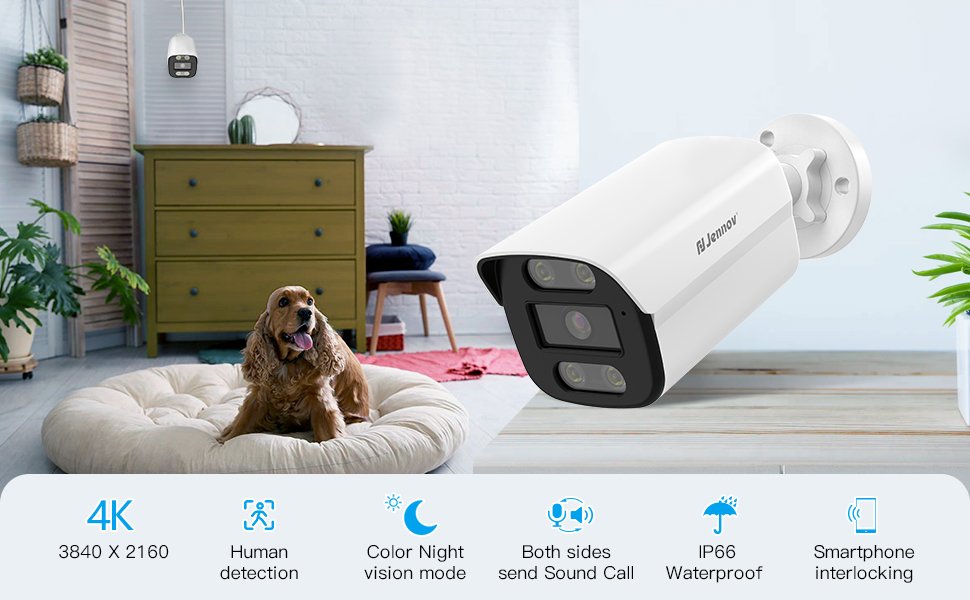
Public safety:
Surveillance cameras are installed in public places (such as streets, shopping malls, parks, etc.), which can provide real-time monitoring and video recording to help police and security personnel to prevent and solve criminal behaviors, and increase the public’s sense of security.
Traffic management:
Cameras at traffic intersections, expressways and parking lots can be used to monitor traffic flow, violations and accidents. This helps the police department take timely measures to manage traffic and ensure road safety.
Home security:
monitoring cameras installed in the home can help family members monitor the situation at home in real time, including detecting intrusions, viewing children or pets, remote home monitoring, etc. This provides for home security and convenience.
Commercial protection:
Shops, banks, restaurants and other commercial places use surveillance cameras to prevent theft, manage employee behavior, and ensure the safety of customers and employees. Surveillance video footage can also be used as evidence to investigate and resolve disputes.
Supervision and protection of vulnerable groups:
The installation of surveillance cameras in nursing homes, hospitals, schools and other places can monitor the behavior of nurses, medical staff or educators, and protect the rights and interests of vulnerable groups (such as the elderly, patients or children).
To sum up, surveillance cameras have a multifaceted impact on life. They provide assistance in public safety, traffic management, home security, and business protection, and help to respond quickly to emergencies and prevent accidents. However, attention is also needed to balance the consideration of privacy and personal information protection to ensure the legitimacy and transparency of monitoring use.